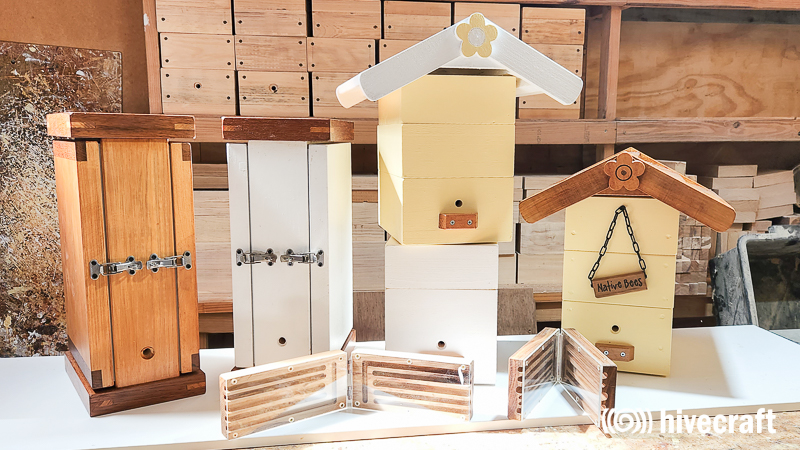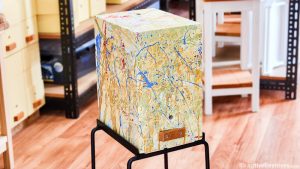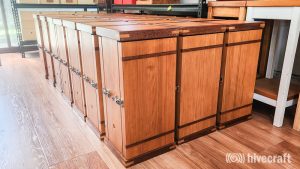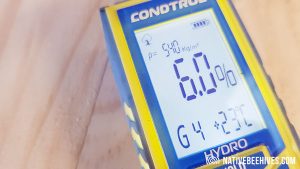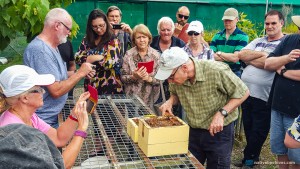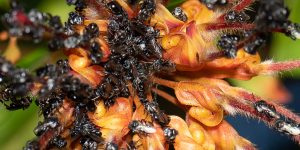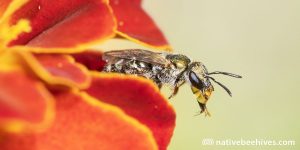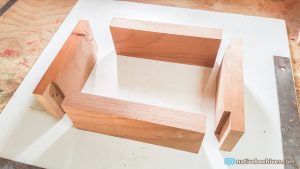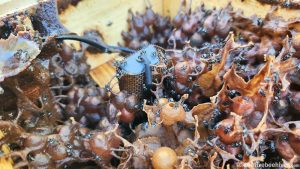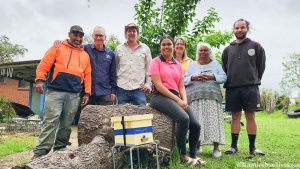There’s a lot of different insects you’ll notice in your garden. Some don’t bother the bees at all and some can destroy your precious bee hive. Mostly the threat is from new larvae destroying the hive colony from the inside. Weak colonies are more at risk.
The main two that destroy stingless bee colonies are Syrphid Fly and Phorid Fly.
Below: Syrphid Fly – This Wasp-mimic fly can destroy a hive by laying larvae in gaps in boxes. The fly is quite big and looks like a wasp.
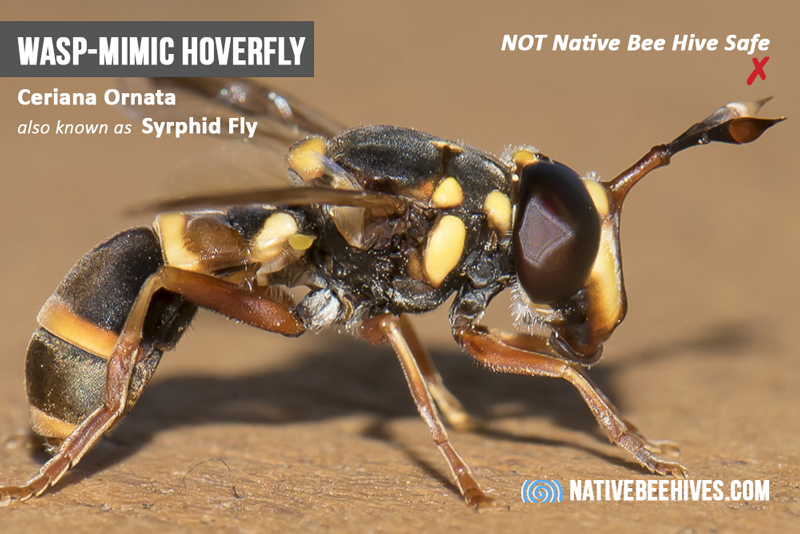

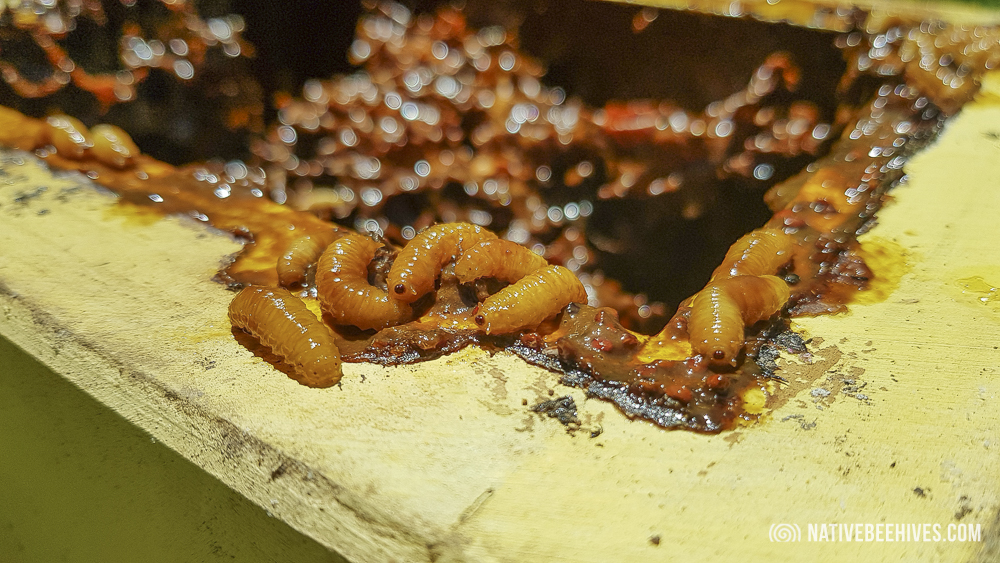
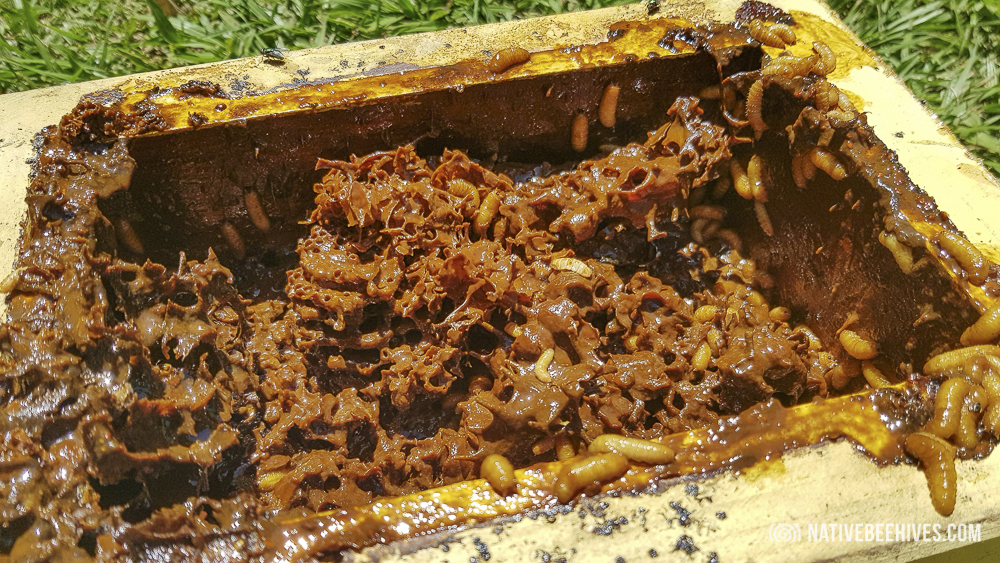
Below: Phorid flies are about half the size of a stingless bee and jump quickly around the inside of the stingless bee colony so the bees can’t catch them. They lay eggs everywhere that are very small and white.
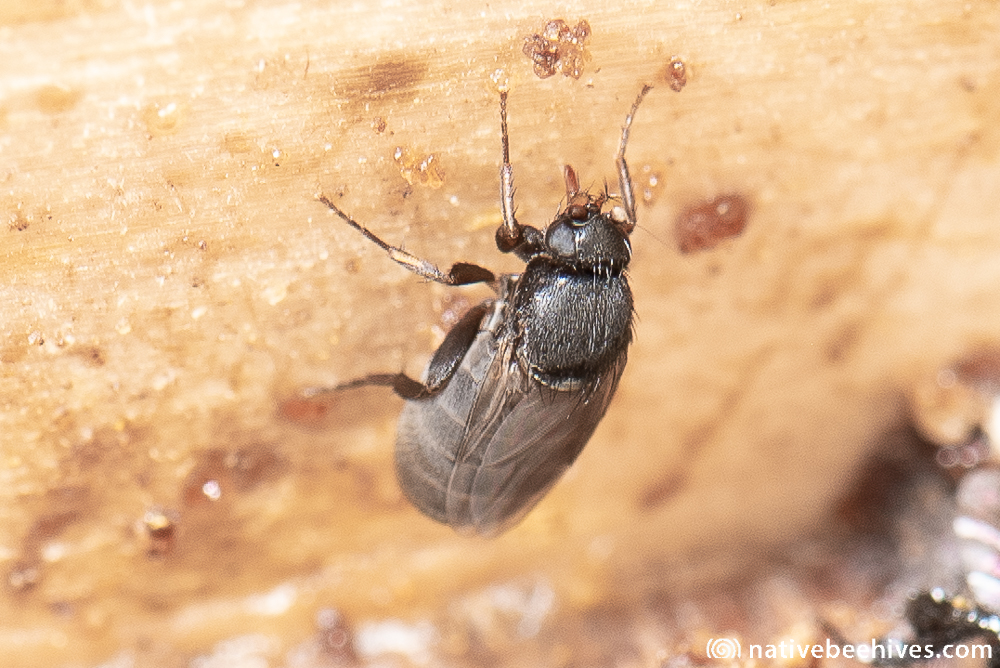
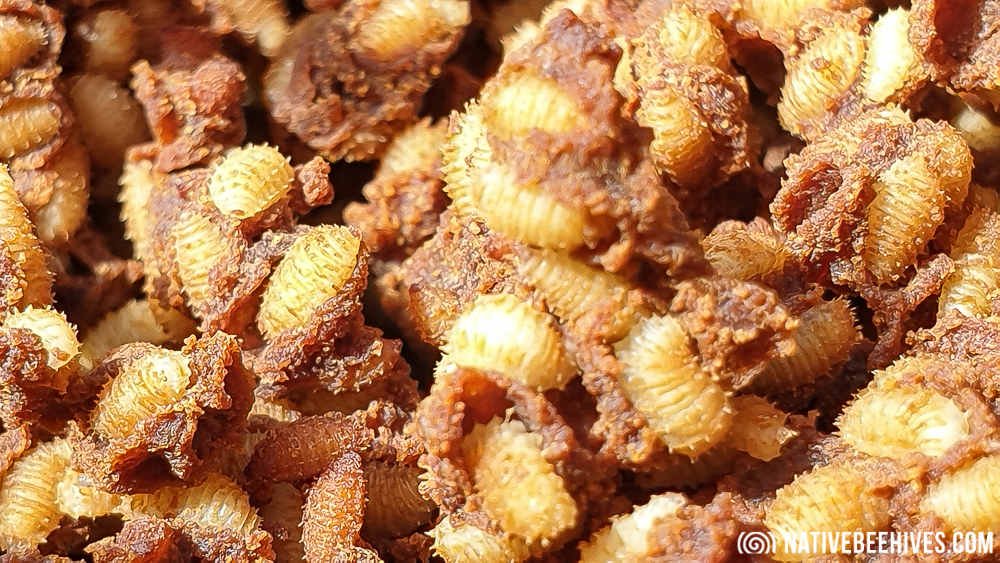
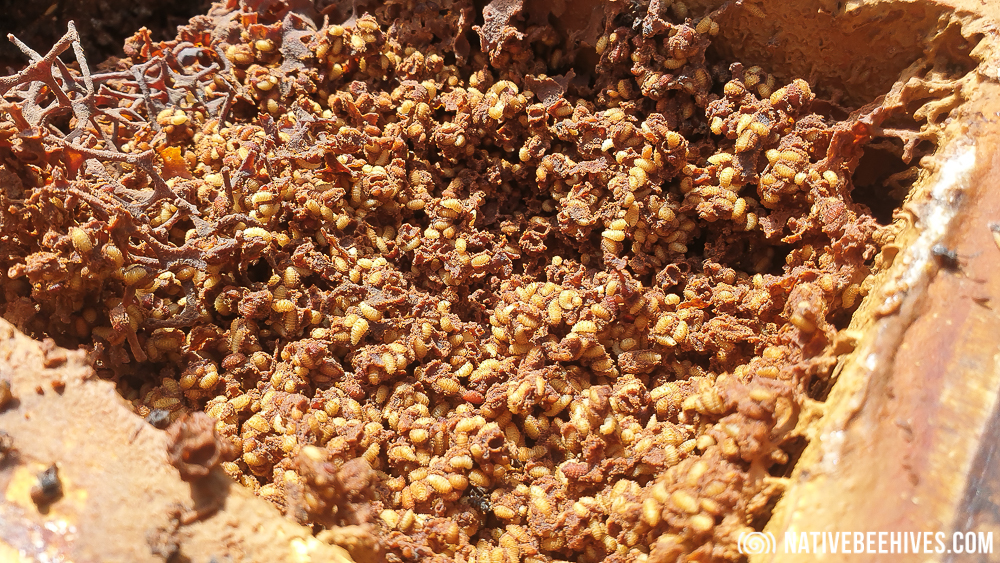
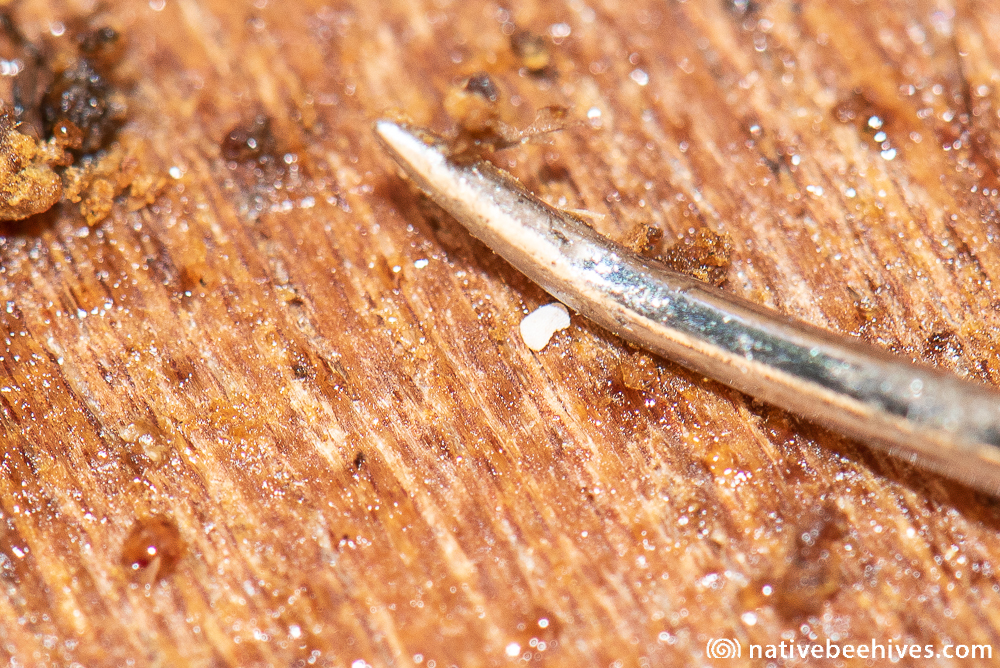
Below: Native Hive Beetle
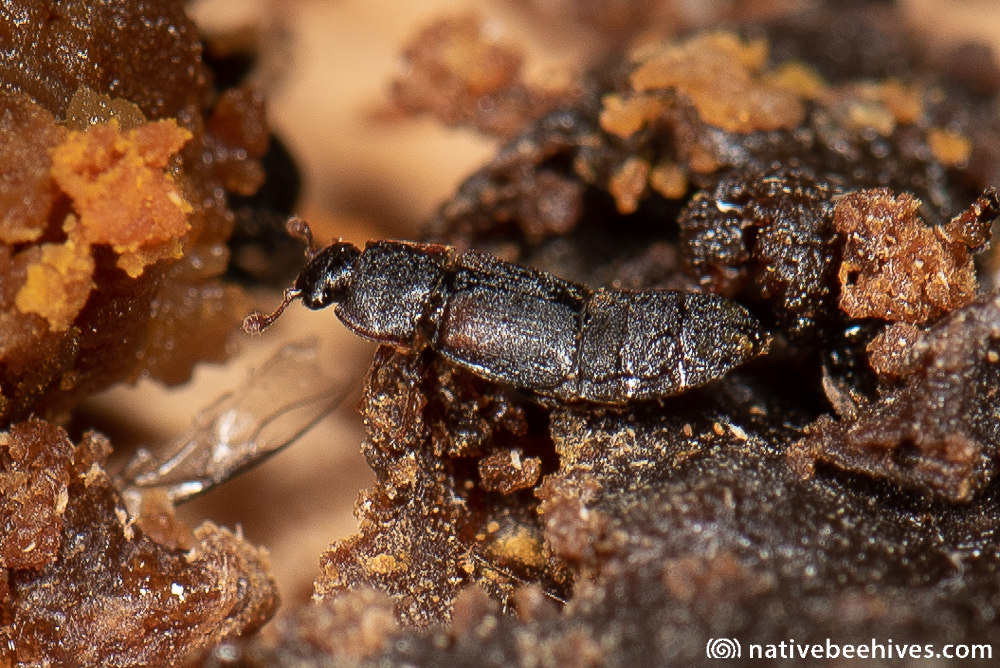
Below: Hoverflies that look similar to the one below don’t pose a risk

Below: The Australian Paper Wasp doesn’t pose a risk to bees, but they pack a sting for humans
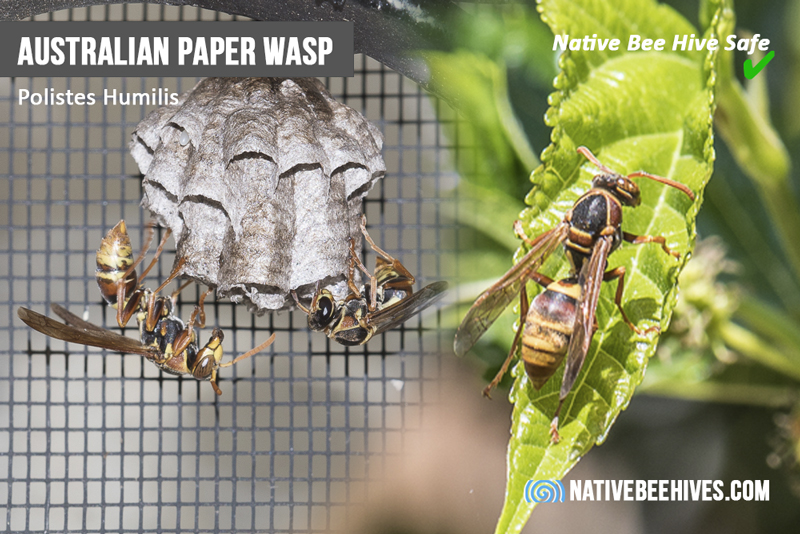
Below: Small Brown Paper Wasp – often mistaken for native bees when people see the nests. These don’t have any negative on stingless bee hves.
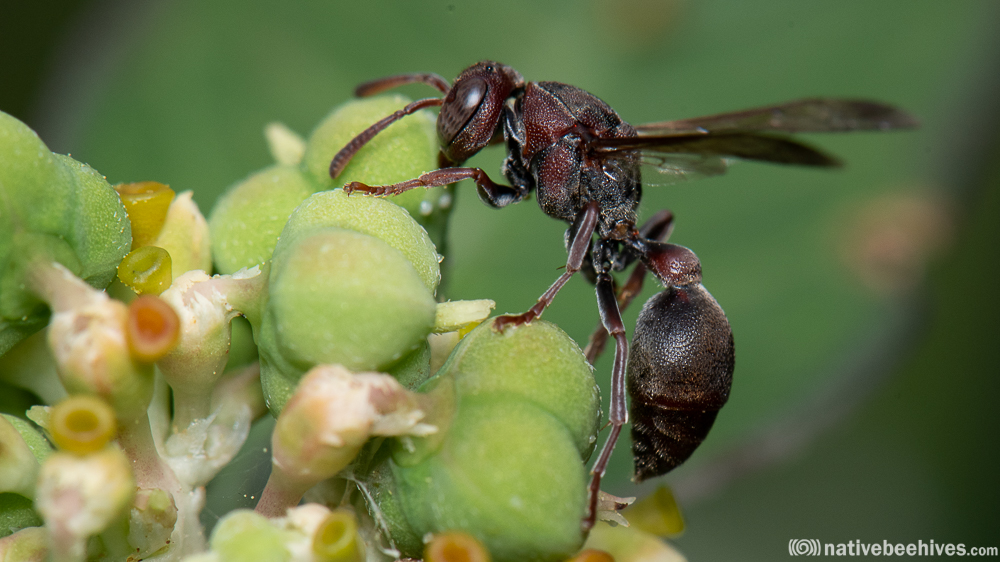
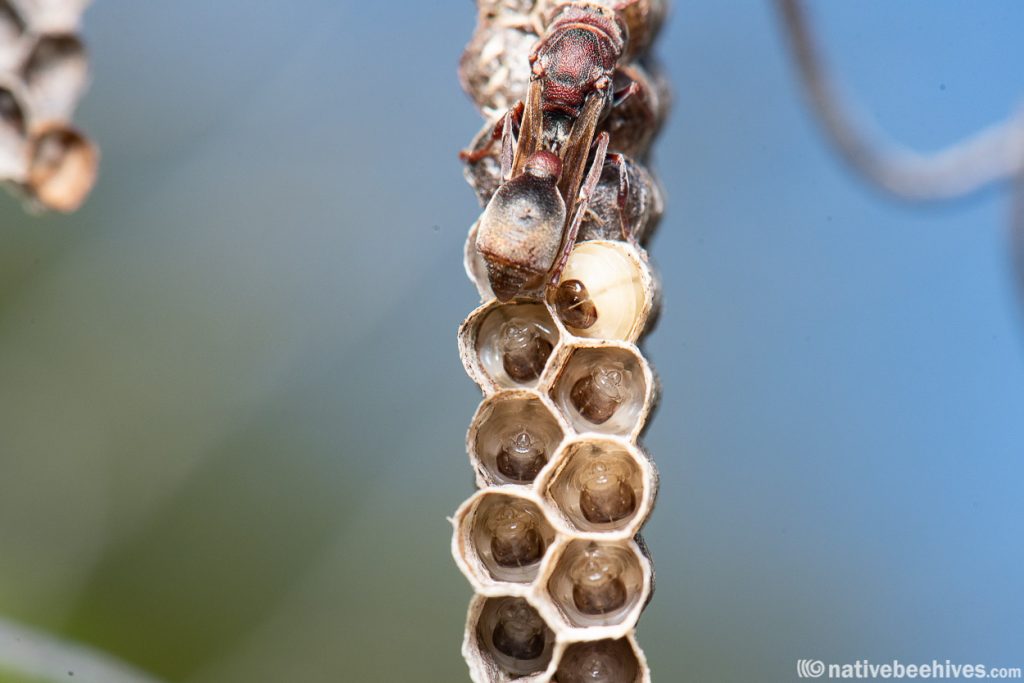
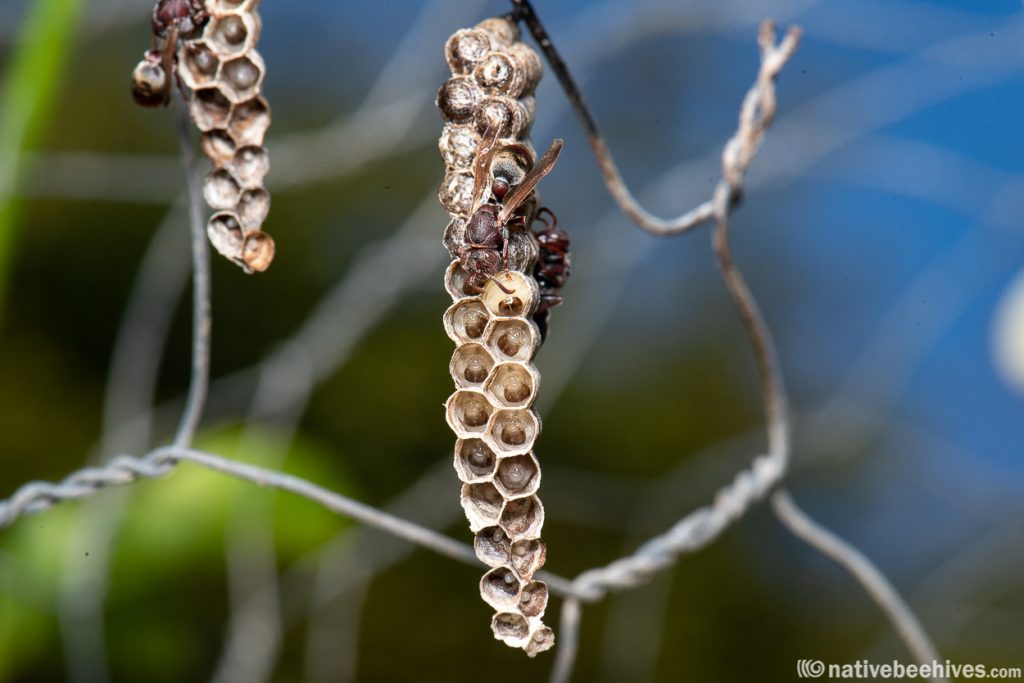
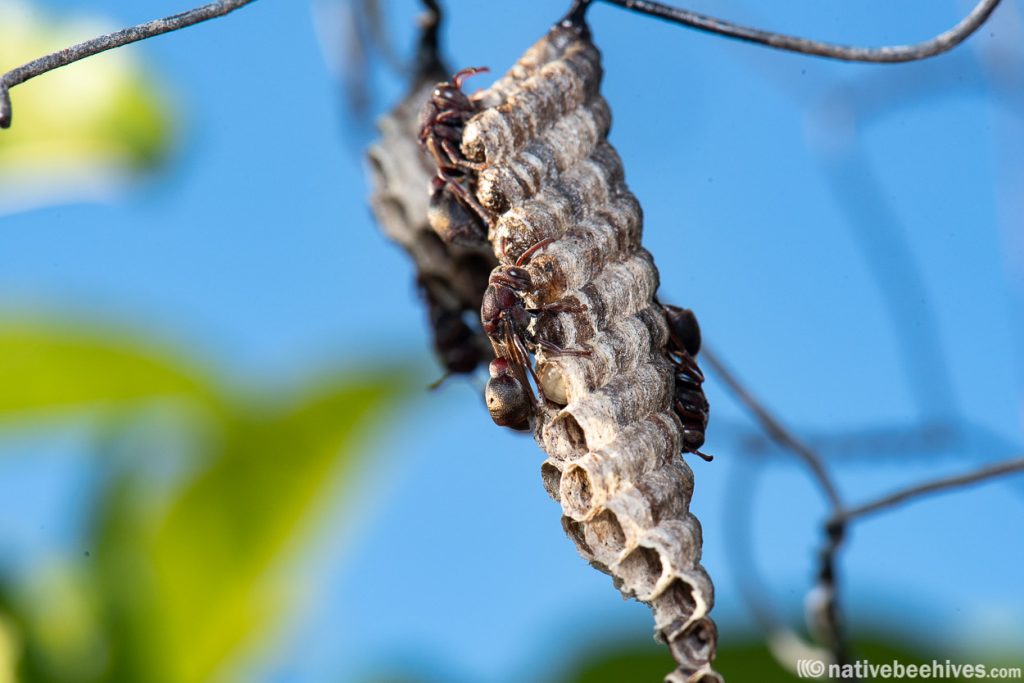
Below: Neon Cuckoo Bee – Thyreus nitidulus, lays its eggs in the nests of Blue Banded Bees.
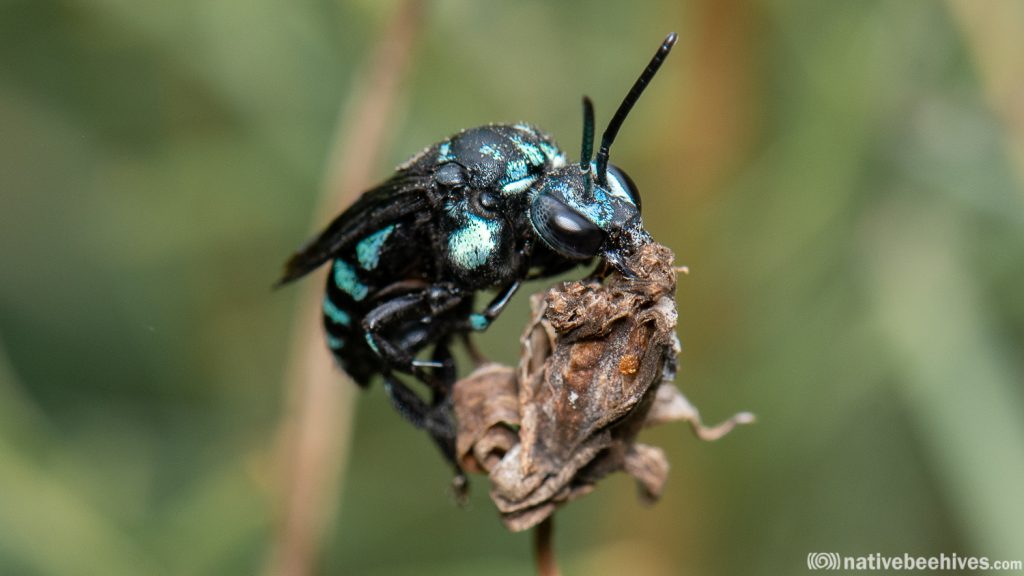
Below – Assassin Bug – Not a problem for the Native Bee Hive, they will just take a bee every now and then
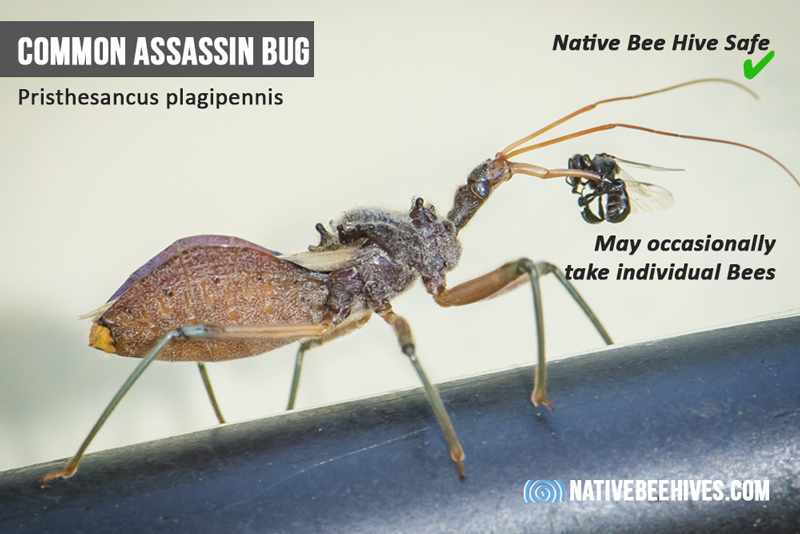
Below: Assassin Bug Vs Honey Bee
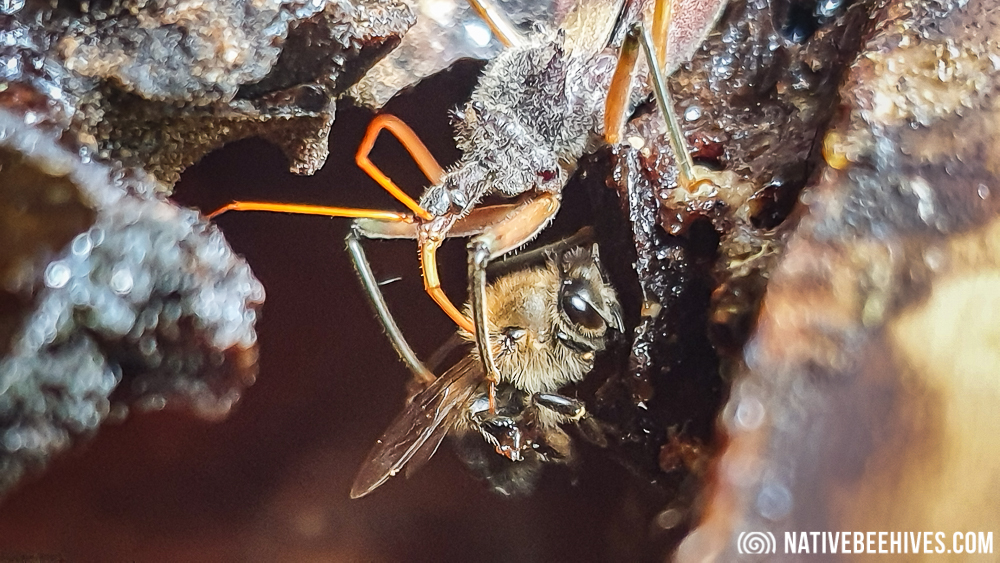
Below: Toads – will eat bees but shouldn’t bee too much of a problem. Raise your hives above reach.

Below – Possible Shanks Brood Disease – Dark Larvae on the Brood…
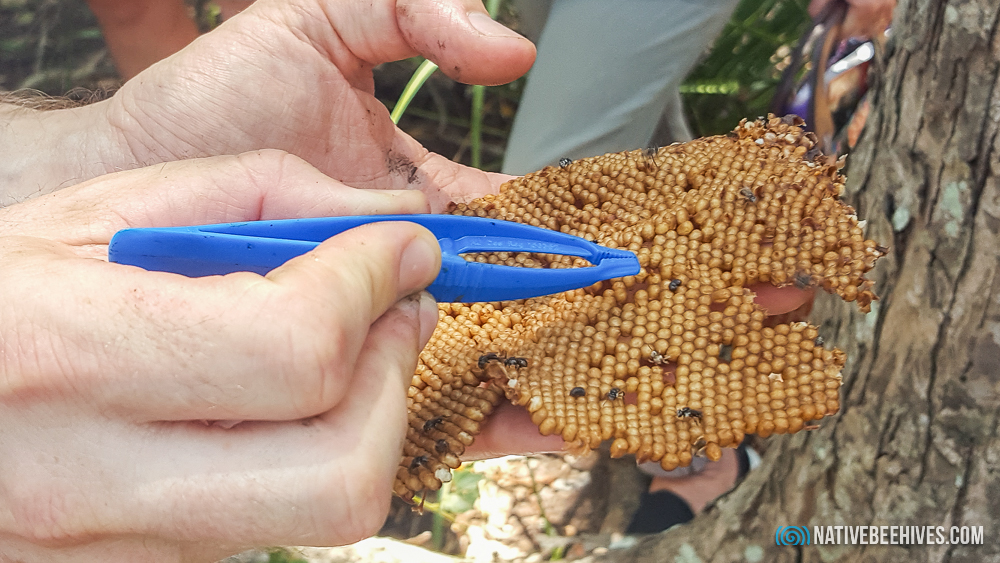
Below: Brush Tail Possum. Pest? She can be, she sleeps in one of my unfinished boxes in the shed, and tends to knock things over!
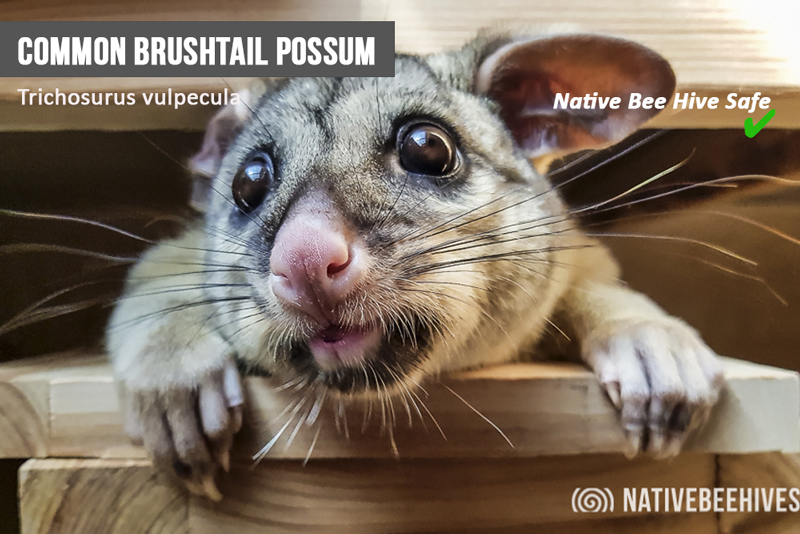
The “To do list”
- Varroa Mite – A new pest in Australia though is reported as being contained at the end of 2016. This is more of a threat to Honey Bees and thought not to pose a threat to native bee hives.
- Bembix Wasp – Hovers outside the hive entrance and steals individual native bees.
- Asian House Gecko – Don’t pose a great threat to the colony but will take individual bees.
- Termites – Depends on location of hive boxes. Rarely a problem in the suburbs because of the box locations in yards and have frequent monitoring.
More info on the above species

